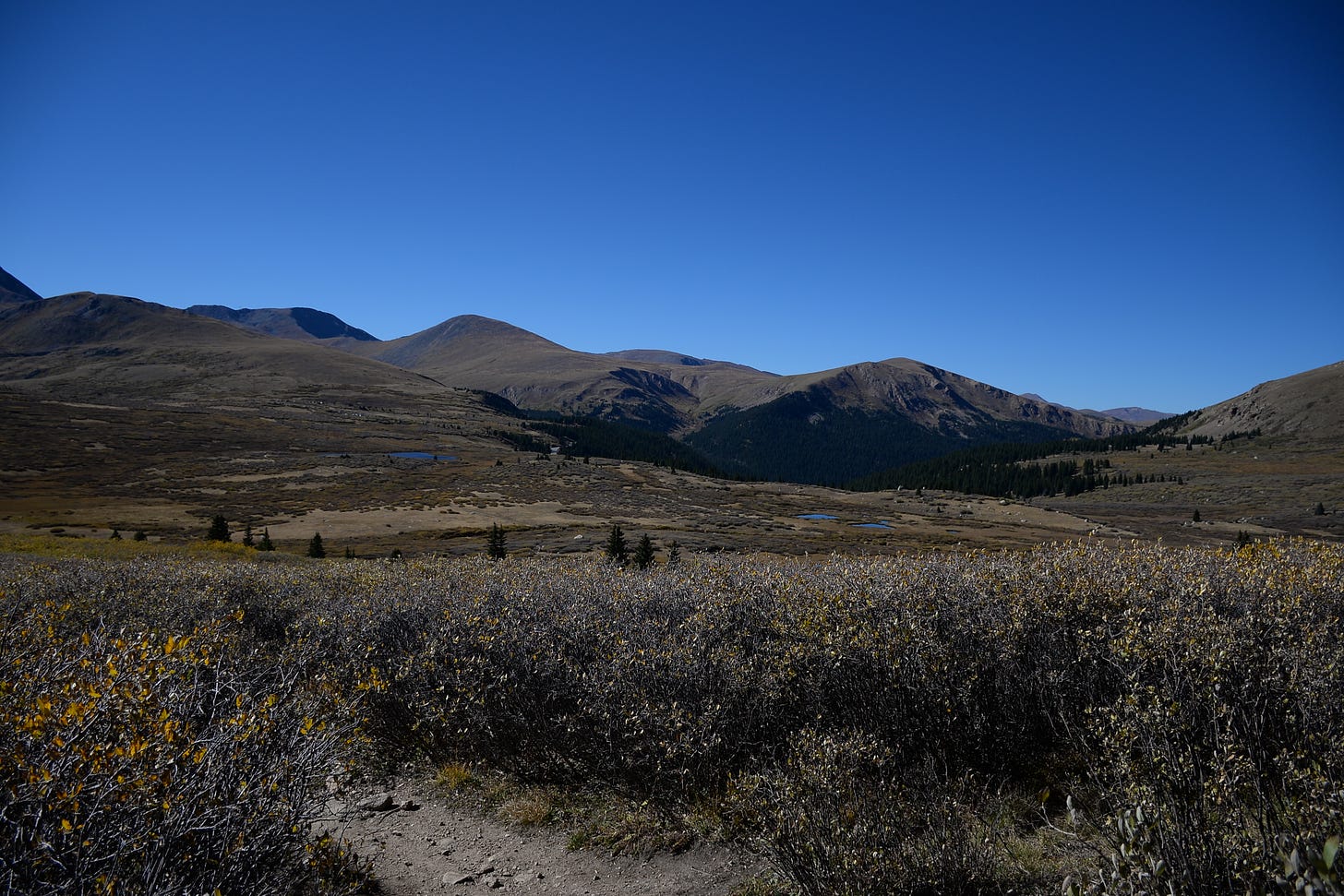Soulful Saunter: Embracing the Art of Slow Walking and Nurturing Your Spirit with Each Gentle Step
Sauntering allows us to slow down, be present in the moment, and appreciate the journey, making it a great way to cultivate a deeper connection with ourselves and the world around us.
Sauntering, or walking at a leisurely pace, is a practice that has been enjoyed by people for centuries. Whether we’re exploring a new city, hiking in the mountains, or simply taking a stroll through the park, sauntering allows us to slow down and appreciate the world around us. In this essay, I will explore the benefits of sauntering and why it's worth incorporating this practice into our daily lives.
Firstly, sauntering allows us to slow down and be present in the moment. In today's fast-paced world, we are constantly bombarded with stimuli and distractions. It can be challenging to find time to pause and appreciate the beauty around us. However, by taking a leisurely walk, we can slow down and tune in to our senses. We can notice the smell of freshly cut grass, the sound of birds chirping, or the way the light falls on the leaves. Sauntering encourages us to be mindful and fully present in the experience of walking, which can be a powerful way to reduce stress and promote relaxation.
Secondly, sauntering encourages us to appreciate the journey, rather than focusing solely on the destination. When we saunter, we’re not in a hurry to get from point A to point B. Instead, we're free to take detours, explore side streets, and discover new things. This sense of curiosity and wonder can be a great way to break out of our routine and find inspiration in unexpected places. Moreover, by sauntering, we may come across hidden gems that we might otherwise have missed if we had rushed by them.
Thirdly, sauntering can be a great way to get some exercise and fresh air while enjoying the beauty of nature. Walking in nature has been shown to have numerous physical and mental health benefits, including reducing stress, improving mood, and boosting cognitive function. By taking a leisurely walk in a natural setting, we can reap the benefits of exercise while also enjoying the serenity and beauty of the outdoors.
John Muir said: "Do you know the origin of that word ‘saunter?' [see Henry Thoreau, “Walking”]. It's a beautiful word. Away back in the Middle Ages people used to go on pilgrimages to the Holy Land, and when people in the villages through which they passed asked where they were going, they would reply, "A la sainte terre,' 'To the Holy Land.' And so they became known as sainte-terre-ers or saunterers. Now these mountains are our Holy Land, and we ought to saunter through them reverently, not 'hike' through them.”
This quote by John Muir highlights the origin of the word "saunter." In the Middle Ages, people on pilgrimages to the Holy Land would refer to their journey as going "a la sainte terre," which later became known as "sainte-terre-ers" or "saunterers." Muir argues that the mountains and nature are our modern-day Holy Land, and we should approach them with reverence and a leisurely pace, rather than rushing through them like a "hike." This philosophy emphasizes the importance of mindfulness, appreciation, and reverence for nature in our daily lives.
In conclusion, sauntering is a practice that has numerous benefits for our physical and mental well-being. It allows us to slow down and be present in the moment, appreciate the journey, and enjoy the beauty of nature. Whether we're taking a leisurely walk in our local park or exploring a new city, sauntering can be a powerful way to cultivate a deeper appreciation for the world around us. So, next time you have a spare moment, why not take a saunter and see where it takes you?




